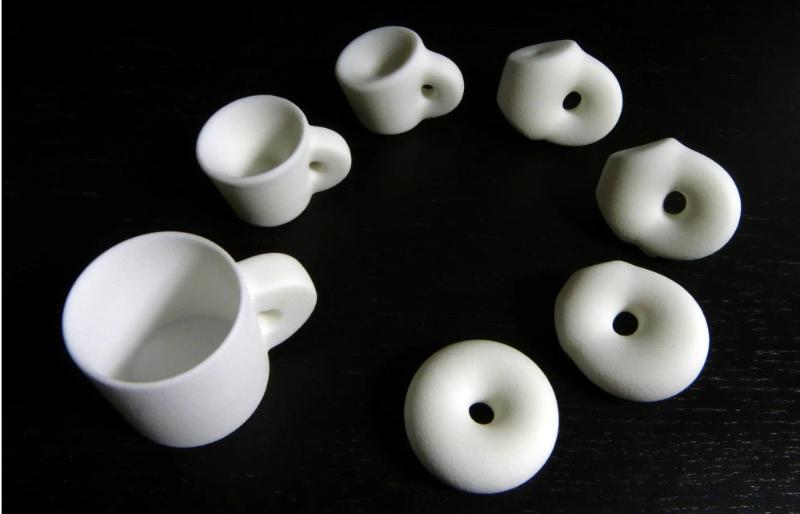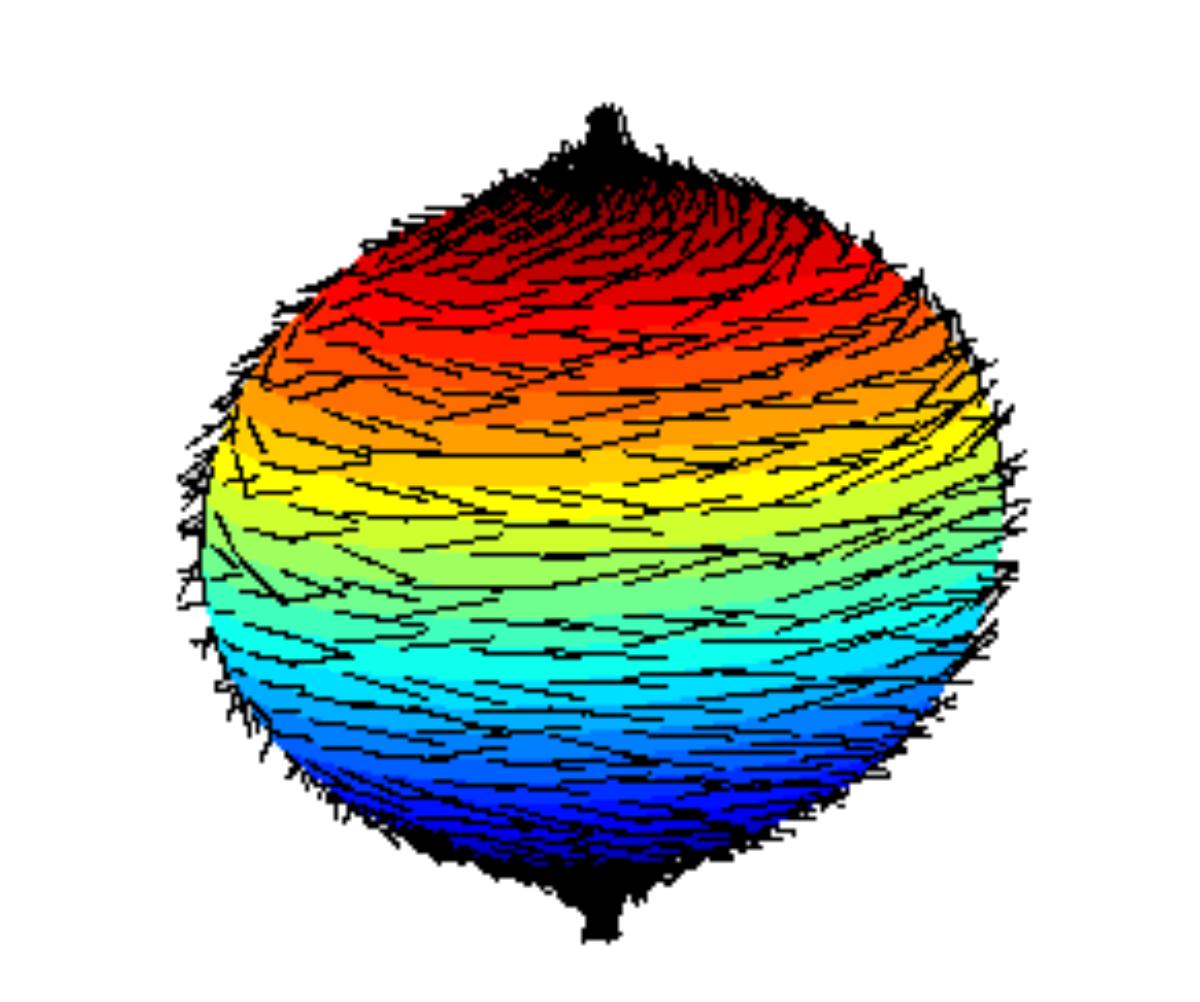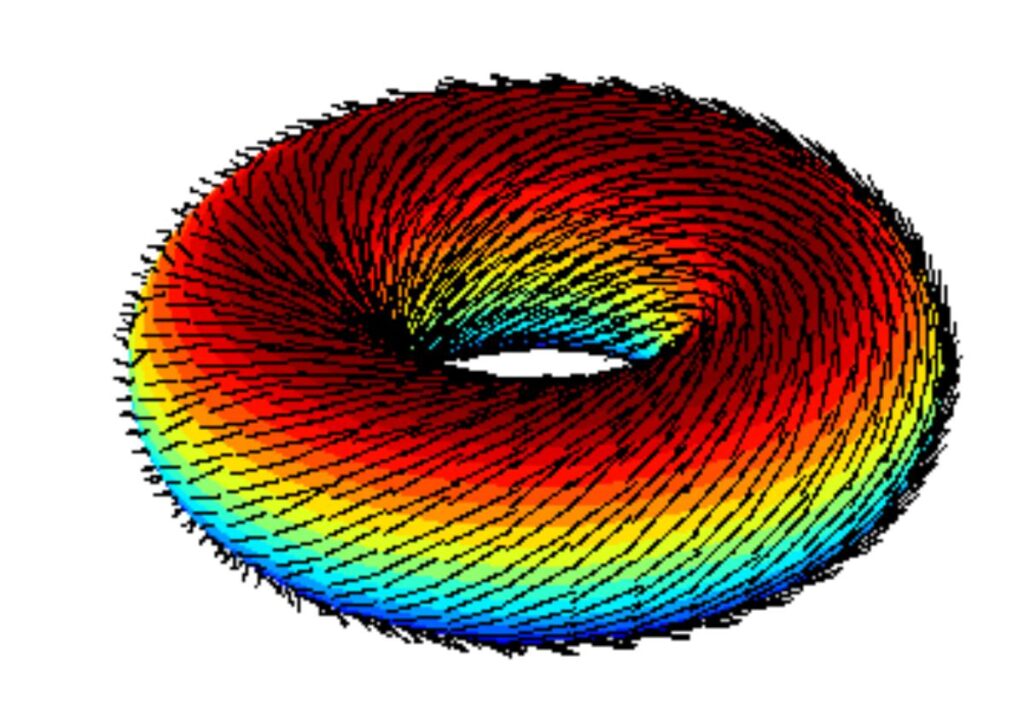This is the reason why the hair will never sit perfectly: The hairy ball theorem explains why it’s impossible to get rid of all of the swirls and how to set up an experiment so that nuclear fusion is most likely to happen. So, what exactly is the hairy ball theorem?
However, rather than becoming enraged over this fact, one needs to enjoy the way in which incredibly abstract thoughts may alter daily life. After all, who would have guessed that sophisticated topological ideas like tangent spaces, Euler characteristics, and homotopies would have anything to do with how we wear our hair? The so-called Hairy ball theorem (or the hedgehog theorem in Europe) states that there is always a location somewhere on earth where there is no wind at all. Or that the structure necessary for nuclear fusion must be in the form of a doughnut.

The conclusion may come as a shock to anybody familiar with the field of topology. After all, the subject matter is among the most conceptually opaque in all of mathematics. The field is analogous to geometry, which disregards all of the particulars. It makes no difference what the precise contours of a figure are; two things are regarded as being the same if they can be remodeled into the same form without requiring any ripping or sticking together. One well-known illustration of this is the fact that topologists consider a cup and a doughnut to be identical: Because both contain a single hole in their center, it is possible to mold one into the form of the other. On the other hand, a bun is not the same as a bagel or a pretzel; it may be shaped into an egg or a pretzel stick, but not into any of those other items.
Explaining the Hairy Ball Theorem

But what does the Hairy ball theorem or even hair have to do with this? When someone’s hair is cut short and straight, it resembles a vector field: each point depicts a miniature arrow going in a given direction. The direction that the wind blows can be determined very much anywhere in our world, making it a good example of a vector field. If you were to plot the arrows on a map, the outcome would seem like a ball covered with hair, similar to a coconut. Now, according to the hairy ball theorem, the following should be true: There is no possible way for there to be a continuous vector field on a sphere that is nowhere zero. Or, to put it another way, there is always at least one place along the length of a continuous comb that is bald.
To understand the result of this, think about a windy planet as an example. Imagine that you are going eastward along each of the polar circles, both north and south, and that there is a constant wind blowing in both areas that cannot suddenly shift from one spot to another. When you first arrive at the polar circle, you notice that the wind is blowing from behind you, then it shifts to coming from the right, then it shifts to coming from the front, and eventually it shifts to coming from the left. When you go back to the starting position, the wind will be blowing against your back once again. Therefore, the wind is blowing counterclockwise toward you as you go down the trail.
After that, you take a flight to the southern polar circle and continue your tour of the windy planet there as well. You begin once again with the wind at your back, but then it starts blowing from the right, then it starts reaching you from the front, and ultimately it starts reaching you from the left. In this instance as well, the wind direction has shifted, but in the opposite direction of clockwise.
You have nearly reached your goal with this observation. Along a circular circuit, the wind’s direction may only change by an integer multiple of 360 degrees at a time; otherwise, the wind will have to blow in opposite directions at the beginning and ending locations of the road (which are the same). But what it means for a vector field to be continuous is: It must not make jerky changes in the orientation it is holding. Therefore, if you walk a given circular course and the wind shifts precisely once during that time, the same thing will happen even if you divert slightly from the path you were supposed to take. The number of full revolutions of the wind that must have occurred for each closed route must be the same. If this is not the case, then the vector field is either not continuous or has a value of zero at a particular location.
In the example, the wind direction along the northern and southern polar circles differs by the same value in both instances, but with opposite signs: In the first scenario, the wind direction blows in a counterclockwise direction, whereas in the second scenario, it blows in a clockwise way. In other words, it rotates once by 360 degrees and once by -360 degrees, for a total of 720 degrees of angular difference between the two rotations. If the vector field is going to be continuous, there must be at least one point where it is equal to zero. In a continuous vector field, a point like this is often equivalent to a vortex.
The Special Case of Doughnut

According to the laws of meteorology, this indicates that there is always a hurricane somewhere on the globe, and that inside the eye of the hurricane, there is no wind at all. On the other hand, it is possible to demonstrate that this is not the case for the surface of a doughnut. This is because, a sphere and a torus, which is the mathematical word, are quite unlike one another. If the world were shaped like a torus, then the wind would be able to blow in all directions without necessarily causing a storm to form anywhere on the surface of the globe.
The Applications of the Hairy Ball Theorem
In fact, the hairy ball theorem has a variety of different applications in the real world outside only combing hair. For example, in order to achieve nuclear fusion, one needs powerful forces that are able to endure the pressure of a heated plasma. Since there are currently no materials that are suited for this, one strategy that may be used is to use a powerful magnetic field in order to keep the particles together. The first thing that comes to mind is a spherical structure. However, according to the hairy ball theorem, the magnetic field must inevitably be zero at one point, which means that the particles might escape via that point. Because of this, the plasma experiments are structured in the form of a doughnut for this very purpose.
The hairy ball theorem again states that there must be at least one location where the incoming light will be properly reflected when the ideal mirror, which is topologically identical to a sphere, is lighted at every point.
To be really forthright at the very end: if the hair lies poorly, you really can’t blame the maths. Because, in the strictest sense, the conditions required by the hairy ball theorem are not met by our skulls. One reason for this is that there are just not enough hairs on our heads; in the realm of mathematics, each point on a surface has to be filled by a vector. In addition, neither our head nor the body that is suspended from it can be considered a (topological) sphere since we have apertures such as mouths, ears, and noses, among other things.

